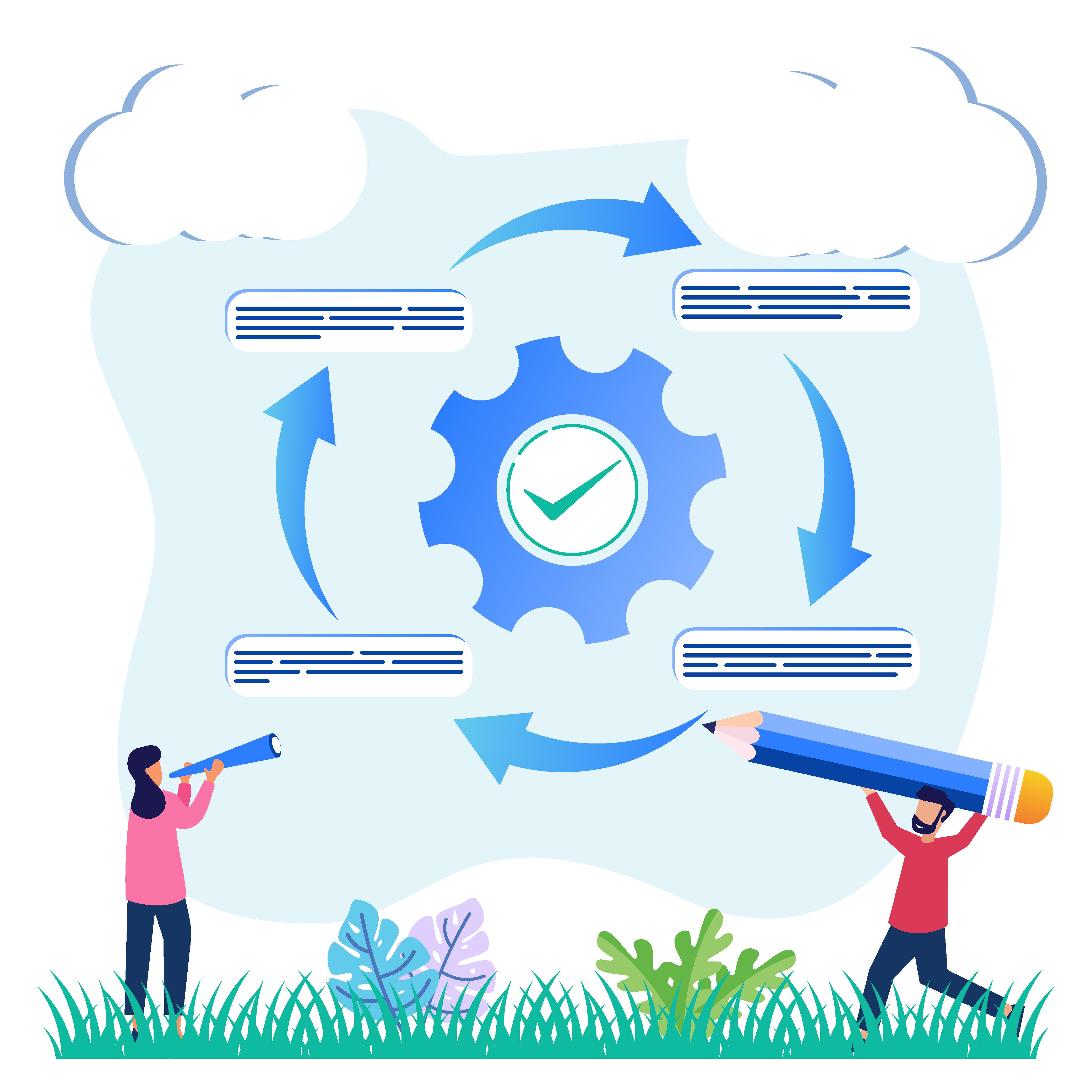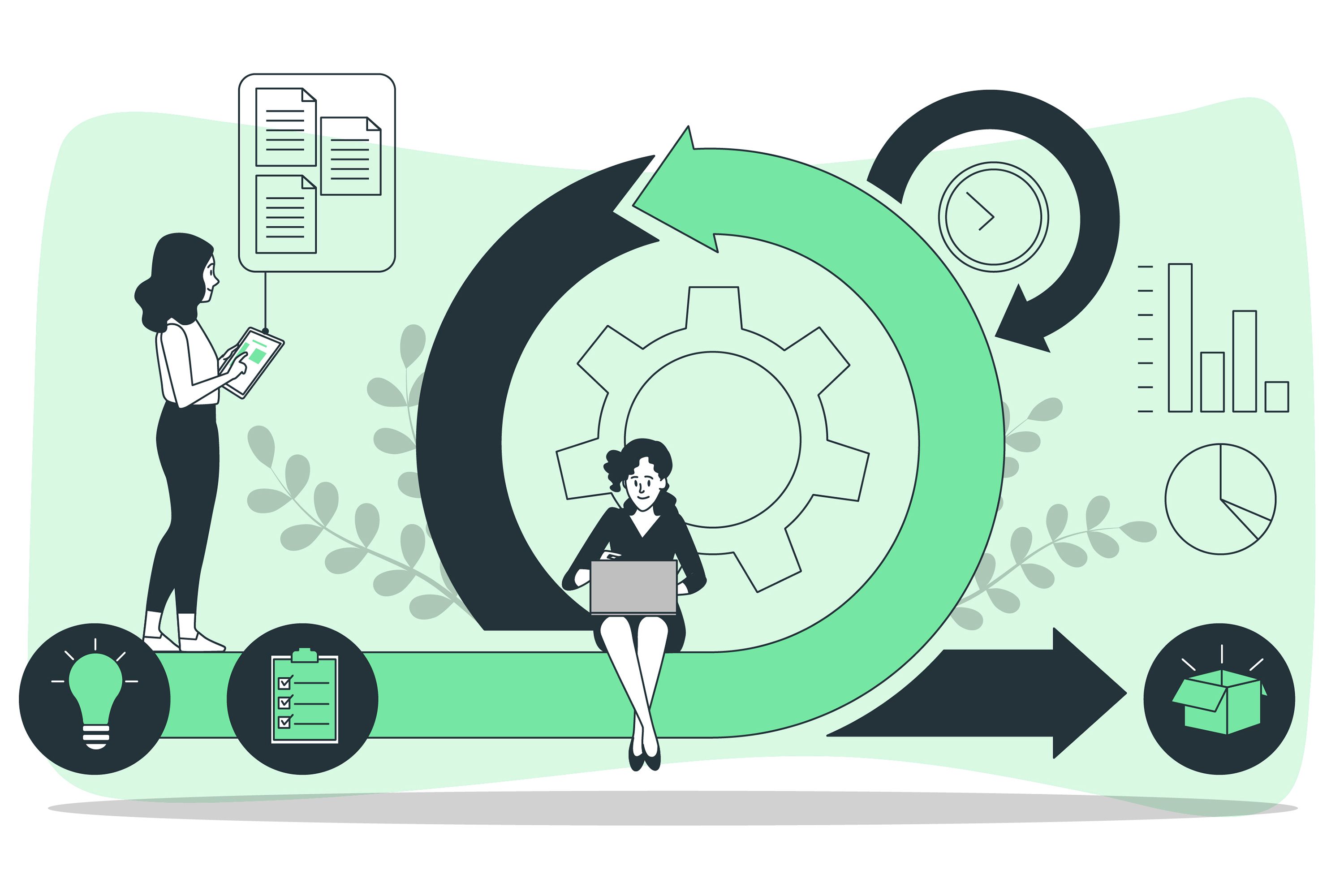SAFe Enablers Explained | Architecture, Infrastructure & More
Explore the types of scaled agile framework enablers such as security, quality, and people enablers. Get insights to enhance your agile processes.
October 23, 2023
Scaled Agile Framework (SAFe) has become increasingly popular among organisations looking to implement agile practices at a larger scale. However, achieving success with SAFe requires more than just adopting the framework - it also requires a focus on certain key enablers. These enablers are the foundational elements that support the successful implementation of SAFe, ensuring that teams can collaborate effectively, communication flows seamlessly, and the necessary tools and processes are in place. In this article, we will explore the important enablers of SAFe and how they contribute to the success of scaled agile implementations.
In the simplest terms, enablers are resources, processes, or tools that help facilitate the successful adoption of SAFe principles. Enabler stories are a key component of SAFe,** focusing on delivering value by removing obstacles and increasing productivity**. There are various types of enablers, such as architectural, infrastructural, and process enablers, each contributing to the overall success of the SAFe framework. Understanding the importance and implementation of enablers is essential for organisations looking to effectively scale agile practices.

Exploration Enablers are instrumental in fostering innovation and uncovering new opportunities that align with future business requirements. These enablers focus on the research and development aspect, ensuring that the agile teams are not just fixated on the present but are also looking ahead, preparing the ground for tomorrow's successes. By incorporating exploration enablers, teams can allocate time and resources to investigating new technologies, methodologies, and market needs, thus enabling a proactive stance towards product and solution development. The exploration process is guided by the Epic Hypothesis Statement format, which helps in clearly defining the benefit hypothesis and acceptance criteria, ensuring that these initiatives are strategically aligned with the organisation's goals.
The cornerstone of any scalable agile framework is its Architecture Enablers. These enablers ensure that the system's architecture evolves in tandem with the application's features and capabilities, thereby extending the architectural runway. This proactive approach to maintaining and enhancing the system's architecture is critical for supporting the agile teams' efforts to integrate their work frequently, a core agile practice that underpins efficient development and delivery. Architecture enablers address not only current architectural needs but also anticipate future requirements, thus facilitating a smooth adaptation process as new demands arise. They are sized to fit within iterations like any story but have a broader impact on the system's overall resilience and scalability.
Infrastructure Enablers stand as the backbone that supports the agile development process, focusing on the systems, tools, and environments necessary for agile teams to perform their tasks effectively. These enablers ensure that the necessary infrastructure is in place to support continuous integration, efficient development, and delivery practices. By prioritising infrastructure enablers in the backlog, organisations can mitigate potential impediments that hinder the progress of development activities, thus ensuring that the agile teams have a robust and reliable foundation upon which to build and deliver high-value features and capabilities. Infrastructure enablers encompass everything from development environments and version control systems to continuous integration pipelines and automated testing frameworks, all of which are essential for promoting an agile culture that values rapid feedback and iterative improvement.

Compliance Enablers ensure that the products and processes not only meet internal quality standards but also align with external regulatory and legal requirements. These enablers are crucial for organisations operating in highly regulated industries such as finance, healthcare, and government. By integrating compliance enablers early in the development cycle, we can proactively address potential regulatory issues, thereby reducing risks and avoiding costly rework. Compliance enablers facilitate the creation of a clear and transparent framework within which agile teams can operate, ensuring that all regulatory requirements are met without compromising the agility and speed of development.
In today's digital age, Security Enablers are of paramount importance. These enablers focus on embedding security practices into the agile development process, thereby ensuring that security considerations are not an afterthought but an integral part of product development from the outset. By prioritising security enablers, we foster a culture of 'security by design,' which helps in identifying and mitigating security risks early in the development cycle. This proactive approach to security not only protects the organisation from potential threats but also builds trust with stakeholders and customers by demonstrating a commitment to safeguarding their data.
Process Enablers are the mechanisms that streamline and optimise the various processes within the agile framework. These enablers focus on improving the efficiency and effectiveness of the development cycle, from ideation to delivery. By refining these processes, process enablers help in reducing waste, enhancing productivity, and ensuring that the agile teams can respond to changes swiftly. Whether it's through the adoption of a Kanban system for better workflow management or the implementation of continuous integration for quicker feedback loops, process enablers are key to sustaining high performance in agile environments.
Quality Enablers concentrate on embedding quality assurance practices throughout the agile development process. These enablers ensure that quality is not just a checkpoint at the end of the development cycle but is ingrained in every phase of the process. By focusing on quality enablers, we can minimise defects, enhance product reliability, and ensure customer satisfaction. Quality enablers involve practices such as automated testing, peer reviews, and continuous feedback mechanisms, which together contribute to a culture of continuous improvement and excellence.
Lastly, People Enablers emphasise the role of individuals and teams within the agile framework. Recognising that the success of any agile transformation is largely dependent on the people involved, these enablers focus on fostering a culture of collaboration, empowerment, and continuous learning. People enablers involve providing the necessary training, tools, and environment that support the personal and professional growth of team members. By prioritising people enablers, we ensure that our teams are not only technically proficient but also motivated and engaged, which is crucial for sustaining agility at scale.

In wrapping up our exploration of the Types of Scaled Agile Framework Enablers, it's evident that these components are not merely supportive mechanisms but essential cogs in the agile machinery that drive efficiency, compliance, security, and quality in development processes. From ensuring adherence to external regulations through Compliance Enablers, embedding security into every stage of development with Security Enablers, streamlining operations via Process Enablers, maintaining high standards through Quality Enablers, to empowering the core of any agile framework—the people—with People Enablers, each plays a pivotal role in the holistic development and successful implementation of agile methodologies. By integrating these enablers into our strategies, we not only enhance our operational capabilities but also fortify our commitment to delivering exceptional value to our stakeholders, thereby reinforcing our position as a trusted authority in the agile domain.
Bleiben Sie auf dem Laufenden mit allem, was Sie wissen müssen.
Explore the types of scaled agile framework enablers such as security, quality, and people enablers. Get insights to enhance your agile processes.
Learn about the vital roles in the Scaled Agile Framework. Our guide covers Product Owners, Scrum Masters, RTEs, and Agile Team Members. Find out more!
Learn about the SAFe Scaled Agile Framework, including its team, program, large solution, and portfolio levels. Find out why enterprises use SAFe.